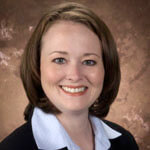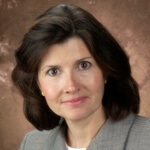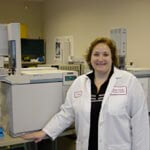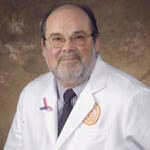
San Antonio (June 29, 2004) – A four-year asthma disease management study at The University of Texas Health Science Center at San Antonio is being expanded to include Travis and surrounding counties, the study director, Autumn Dawn Galbreath, M.D., M.B.A., assistant professor of medicine at The University of Texas Health Science Center at San Antonio, said today.
“We will be partnering with the Community Care Services Department of the city of Austin,” Dr. Galbreath said. “The department has multiple clinics throughout Austin and we will be using space in those clinics to see our patients.” Nearly 50,000 people in Travis County have asthma, including 10,600 children and 37,900 adults, she said.
Through the support and leadership of U.S. Rep. Henry Bonilla, the asthma study received $2.5 million earlier this year from the U.S. Department of Health and Human Services and $2.8 million in 2003. The study, which randomly places participants into three groups receiving different levels of intervention to help them monitor their asthma, is expected to benefit the daily lives of 1,053 individuals from San Antonio and now Austin. It will help the federal government, which administers Medicare, Medicaid and military dependent programs, to make decisions about disease management services for chronic diseases such as asthma.
“This is the largest disease management study in the country and one of the only ones being done at an academic medical center,” Dr. Galbreath said. “The point of this study is to test the concept of disease management of asthma in an objective fashion so that tax dollars can be spent in an educated way.”
The study intentionally targets the underserved, minority population – Medicare and Medicaid recipients and military dependents – and this is a population that has not been part of previous disease management research, Dr. Galbreath said.
The purpose is twofold: to improve the health of patients by preventing adverse events related to their asthma and to reduce the health care costs associated with emergency room visits and hospitalizations.
The co-principal investigators from the Health Science Center are Gregory Freeman, M.D., professor of medicine; Jay Peters, M.D., professor of medicine; and Stephen Inscore, M.D., associate professor of pediatrics. Associate investigators are David Shelledy, Ph.D., professor and chair of respiratory care; Pamela Wood, M.D., professor of pediatrics; Terry LeGrand, Ph.D., associate professor of respiratory care; and several physicians in the military.
The three subcontractors are National Jewish Medical and Research Center, Denver, Colo., which provides telephone and mail patient support; Pulmonary Therapies, San Antonio, which sends licensed respiratory therapists to do home visits; and the Altarum Institute, San Antonio office, which provides data analysis support.
Individuals and families in Austin and surrounding counties may call the toll-free number, 1-888-699-4877, for more study information.





